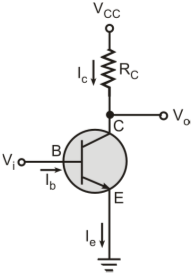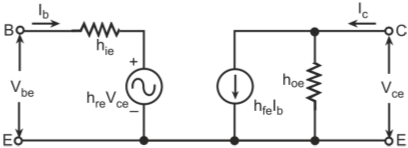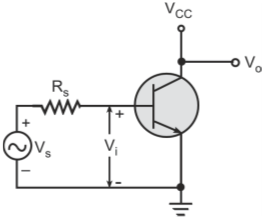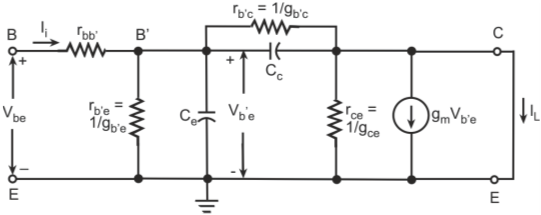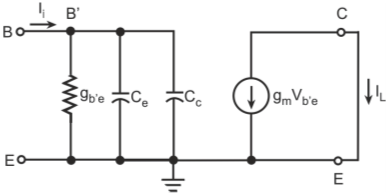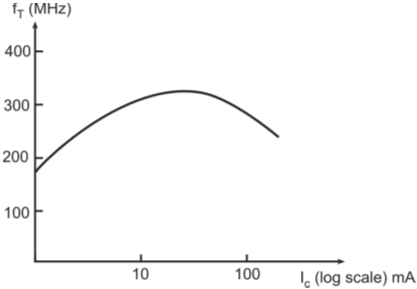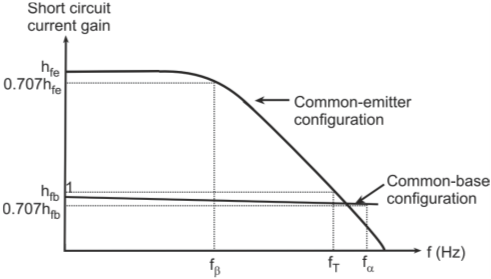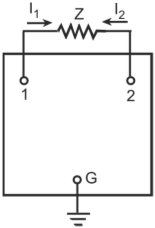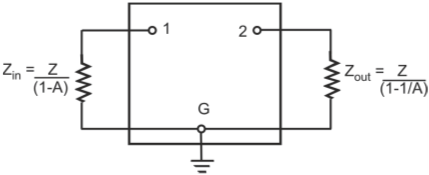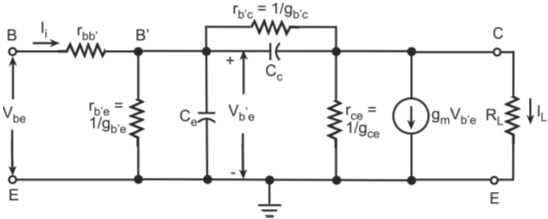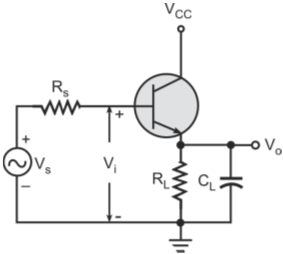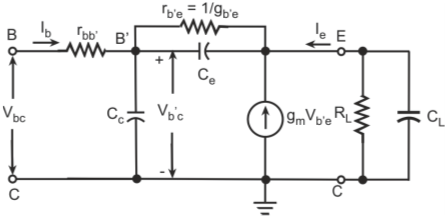Figure below shows the hybrid-π model for a common-emitter transistor amplifier applicable at low frequencies. As the hybrid-π model is drawn for low frequencies, the capacitive elements are considered as open circuit.
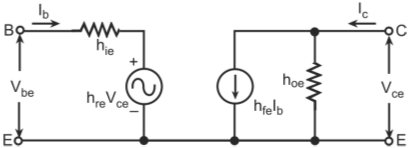
Hybrid-π model for a common-emitter transistor at low frequencies
Figure below shows the h-parameter model for a common-emitter transistor amplifier applicable at low frequencies.
Base-Spreading Resistance (rbb): From the h-parameter model, the value of input resistance when the output terminals are shorted, that is Vce = 0, is equal to hie. Under these conditions for the hybrid-π model, the input resistance is given by
Therefore
As rb'c >> rb'e, therefore the above equation can be approximated as
Conductance between Terminals B' and C or the Feedback Conductance (gb'c): For the h-parameter model, if the input terminals are open-circuited, then hre is the reverse voltage gain. In terms of the hybrid-π model, the value of hre is given by
Therefore
As rb'c >> rb'e, therefore the above equation can be approximated as
Conductance between Terminals B' and C or the Feedback Conductance (gb'c): For the h-parameter model, if the input terminals are open-circuited, then hre is the reverse voltage gain. In terms of the hybrid-π model, the value of hre is given by
Therefore
As the value of hre is in the range of 10–4, that is, hre << 1, therefore
the above equation can be approximated by
or
The equation also verifies that the value of resistance rb'c is much larger than resistance
(rb'e), that is, rb'c >> rb'e.
Conductance between Terminals C and E (gce): For the hybrid-π model, if the input terminals are open circuit then
For h-parameter model, with the input terminals open, that is with Ib = 0, the collector current Ic is given by
Value of hoe is given by
Substituting the value of Vb'e we get
Substituting the value of hre as gb'c/gb'e, 1/rce as gce, 1/rb'c as gb'c and assuming that rb'c >> rb'e, the above equation can be rewritten as
Value of gm is given by
Therefore
Rearranging the terms in the above equation we get
As the value of hfe >> 1, the above equation can be approximated as
Conductance between Terminals B' and E or the Input Conductance (gb'e):
For the h-parameter model as the value of resistance (rb'c) is much greater than resistance (rb'e), most of the current Ib flows into rb'e and the value of the voltage (Vb'e) is given by
The short-circuit collector current (Ic) is given by
Short-circuit current gain (hfe) is defined as
Therefore,
Transistor’s Transconductance (gm): Transconductance of a transistor (gm) is defined as the ratio of the change in the value of collector current to change in the value of voltage Vb'e for constant value of collector–emitter voltage. ,br>
For a common-emitter transistor configuration, the expression for collector current is given by
The short-circuit collector current is given by gmVb'e.
Therefore, the value of gm is given by
The partial derivative of the emitter voltage w.r.t. to the emitter current (i.e., aVe/bIe) can be represented as the emitter diode resistance (re). Dynamic resistance of a forward-biased diode (rd) is given as
Where,
VT is the volt equivalent of temperature
ID is the diode current
Therefore, the value of gm can be generalized as
As the value of Ic >> ICO, therefore the value of gm for an NPN transistor is positive. For a PNP transistor, the analysis can be carried out on similar lines and the value of gm in the case of a PNP transistor is also positive. Therefore, the expression for gm can be written as
